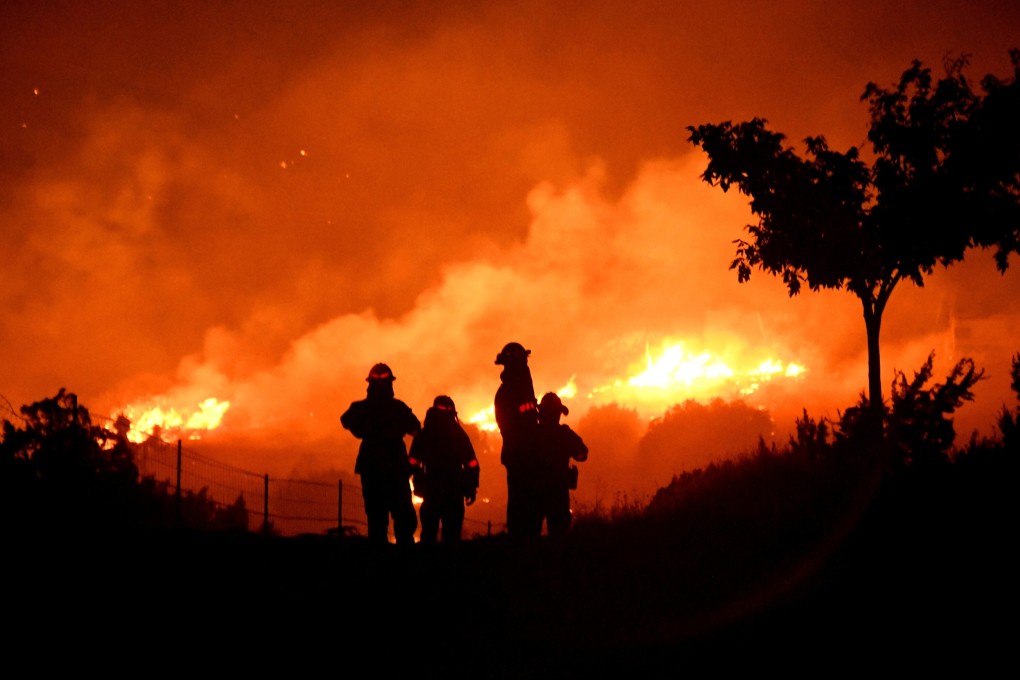How spatial finance can boost the climate change fight through better environmental predictions
- Spatial finance can improve the quality of predictions about the impact of climate change, allowing a more accurate assessment of environmental risks
- Improved evidence and monitoring will make it practical for investors and creditors to detect breaches of biodiversity covenants and enforce compliance

The UN Sustainable Development Goals, alongside the Paris Agreement on climate change, form the core of global strategies to promote sustainable development and social growth over time. Achieving sustainability requires vast sums to be invested in the green economy, and sustainable finance in the form of investing directly and through financial-sector lending and insurance has become critical.
It is necessary in building procurement systems to counter climate change. It is fundamental in assessing the performance of financial instruments in terms of sustainability impact. Assurances, however well-meant, are not enough. In a characteristic example of how technology can improve life under certain circumstances, an emerging scientific discipline known as spatial finance comes to close that gap.
Spatial finance combines Earth observation and remote sensing via aerial means – including satellite and drone imaging – with machine learning and financial analysis. Since spatial finance can improve the quality of predictions about the impact of climate change on land mass and habitats, coastal, rural and metropolitan areas as well as river and sea pollution levels, it allows the financial sector to conduct a more accurate assessment of environmental risks.

